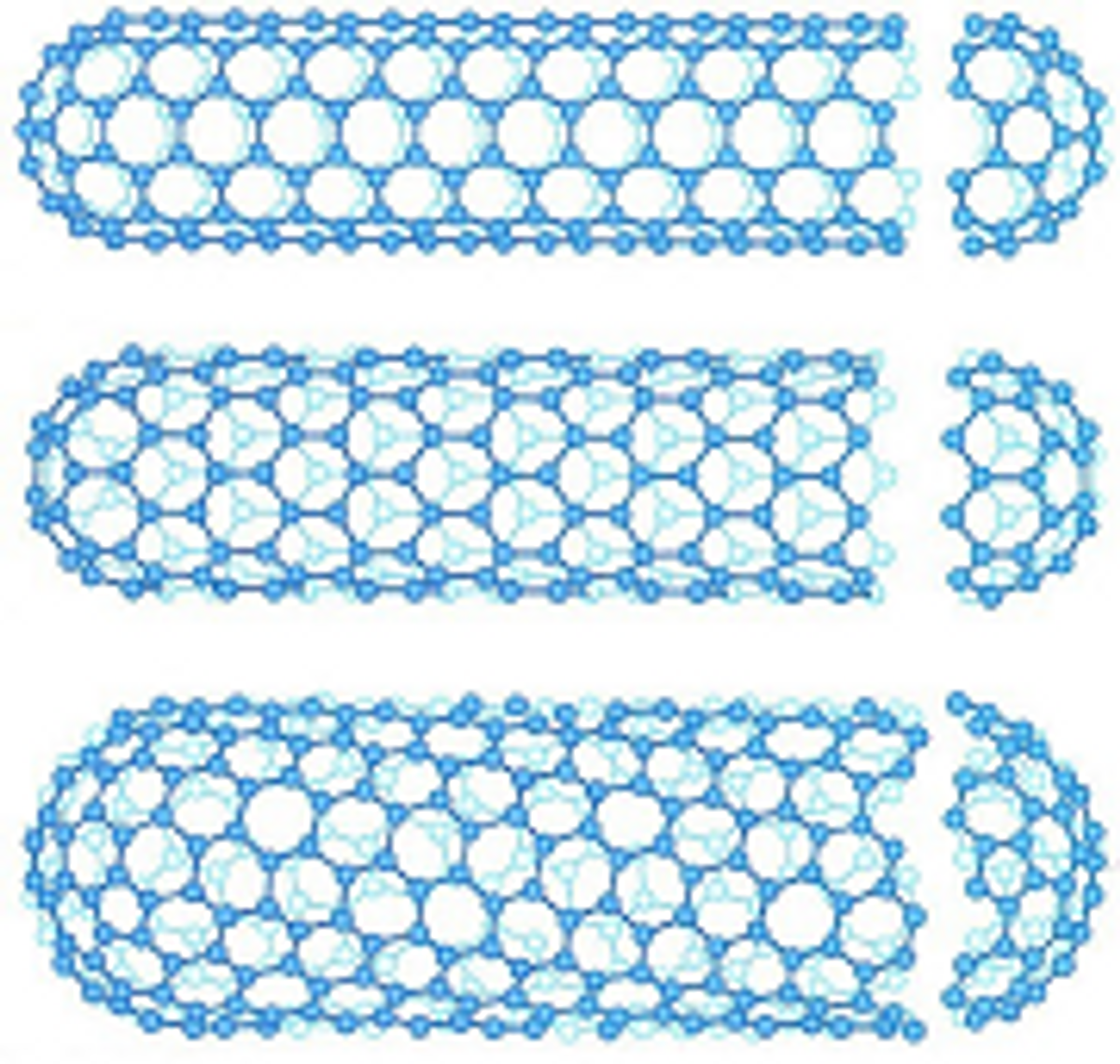The world of the nanoscale phenomenon offers us a wide range of surprises. For instance, the yellow color we expect to see with gold turns to red or purple on the nanoscale.
Joule heating is when an electric current passes through a conductor, like a metal wire, and releases heat. At the nanoscale, joule heating involves electrons bouncing off atoms in the conductor, causing the atoms to vibrate. In turn, these vibrations generate heat.
So fundamental is the understanding of Joule heating that you need never have heard the term to know that it exists. With your electric stove, you send electricity through the stove’s heating element, it heats up and then passes that heat onto your tea kettle. However, imagine, if you will, that you sent current through your stove but the heating element remained cold to the touch. While the heater may be cold, your tea kettle got hot enough to boil water.
That’s a bit like what the UMD researchers discovered when they sent current through carbon nanotubes (CNTs). CNTs are conductors like metal wires so when researchers started sending electricity through them they expected that nanotubes would heat up, but they didn’t. Instead they remained cool while the materials close to them—a silicon nitride substrate—got hot.
“This is a new phenomenon we're observing, exclusively at the nanoscale, and it is completely contrary to our intuition and knowledge of Joule heating at larger scales—for example, in things like your toaster," says Kamal Baloch, who conducted the research while a graduate student at the University of Maryland. "The nanotube's electrons are bouncing off of something, but not its atoms. Somehow, the atoms of the neighboring materials—the silicon nitride substrate—are vibrating and getting hot instead."
The research, which was published in the journal Nature Nanotechnology, took a CNT and attached it to metal contacts and laid it on top of a silicon-nitride substrate. They passed electricity through the CNTs and observed the process using electron thermal microscopy.
They observed the same phenomenon over and over again. Every time the metal nanoparticles in the substrate would melt from the heat but the CNTs would remain cold.
While the researchers have been able to duplicate this phenomenon repeatedly, they haven’t absolutely nailed down how it happens that the substrate’s atoms are made to vibrate from a distance when those in the CNT are not.
“We believe that the nanotube's electrons are creating electrical fields due to the current, and the substrate's atoms are directly responding to those fields," says John Cumings, an assistant professor in the Department of Materials Science and Engineering who oversaw the research. "The transfer of energy is taking place through these intermediaries, and not because the nanotube's electrons are bouncing off of the substrate's atoms."
The implications for this phenomenon in computing could be huge. Keeping transistors cool remains one of the biggest obstacles for advancing computing power. This phenomenon could provide a path to a new solution.
"This new mechanism of thermal transport would allow you to engineer your thermal conductor and electrical conductor separately, choosing the best properties for each without requiring the two to be the same material occupying the same region of space," says Baloch.
Dexter Johnson is a contributing editor at IEEE Spectrum, with a focus on nanotechnology.




